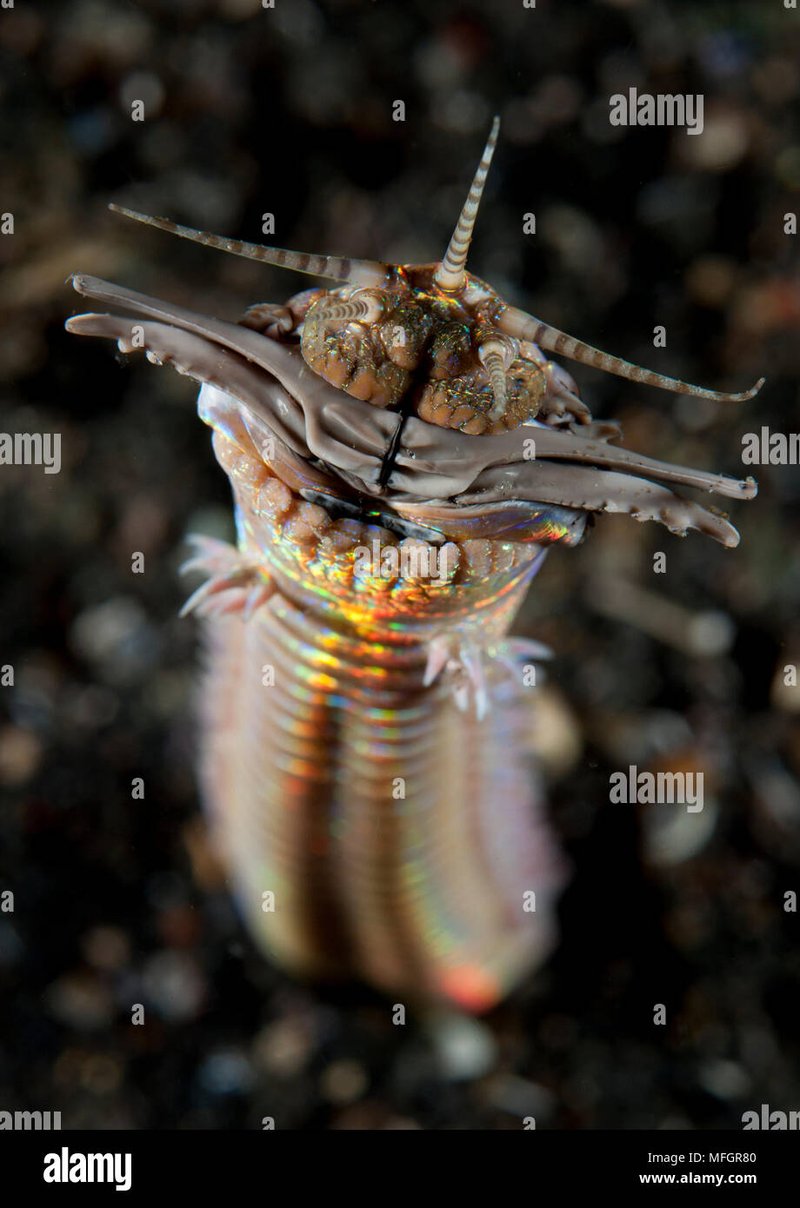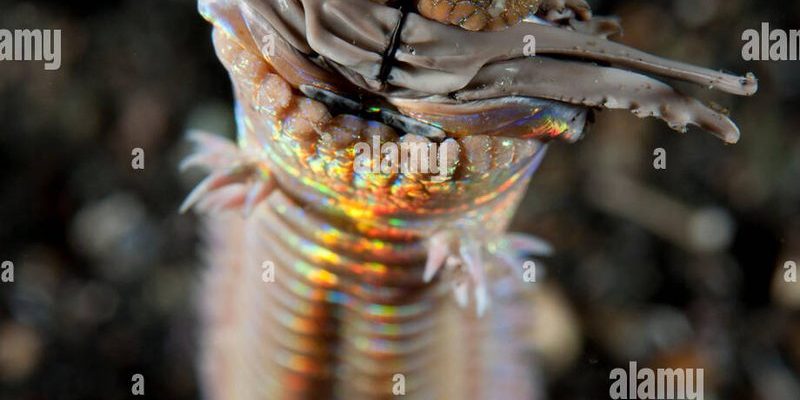
Why an infrared camera, you ask? It’s simple! Bobbit worms are mostly nocturnal and spend much of their time hidden in their burrows. Infrared technology allows you to catch their movements and activities even in low-light conditions. Think of it as turning on night vision goggles for a better view into their underwater world. Let me introduce you to the Flir One Pro, a popular choice among underwater enthusiasts. This nifty device pairs with your smartphone and utilizes advanced thermal imaging to bring the hidden life of Bobbit worms right to your screen.
Understanding the Bobbit Worm
The Bobbit worm is a fascinating marine creature found in tropical waters around the globe. You might be wondering what exactly makes these worms so interesting. For starters, they can grow up to 10 feet long and possess powerful jaws with sharp teeth that can deliver a quick and deadly bite to unsuspecting prey. Their elongated, segmented bodies allow them to blend seamlessly into their environment, making them masters of camouflage.
Bobbit worms are predatory and typically wait in their burrows for fish or other marine animals to swim by. When prey gets too close, they can strike with lightning speed, making it hard for anyone to witness their hunting prowess without the right tools. With the help of an infrared camera, you can capture their astonishing hunting skills from the comfort of your boat or dock. It’s like having front-row tickets to a live action movie beneath the waves!
Let’s also talk about their habitat. These worms tend to create long, U-shaped burrows in sandy or muddy ocean floors. They might be hidden from our eyes, but with infrared cameras, you can see their movements as they glide through the sand, demonstrating remarkable behaviors often missed by the naked eye.
Why Use Infrared Cameras?
You might be asking yourself, “What’s the big deal about using an infrared camera?” Well, here’s the thing: traditional underwater cameras struggle with low light conditions. Bobbit worms are mostly active at night, so unless you have an infrared camera, you might miss their captivating actions. Infrared technology detects heat rather than visible light, allowing you to see creatures even in pitch-black waters.
With a device like the Flir One Pro, you can sync it with your smartphone to easily record or capture still images. This makes it incredibly user-friendly, especially for beginners. Unlike a conventional camera that requires flash or bright lighting, an infrared camera lets you explore these underwater mysteries without disturbing the natural habitat.
Moreover, using infrared cameras gives you a unique perspective on marine life. You can observe how Bobbit worms interact with their environment, revealing behaviors you wouldn’t typically see during the day. It’s an exciting way to learn more about these remarkable creatures and deepen your appreciation for ocean ecosystems.
Choosing the Right Infrared Camera
When selecting an infrared camera to watch Bobbit worms, some options stand out. The Flir One Pro is an excellent choice due to its versatility and ease of use. It connects to most smartphones, making it accessible for anyone from hobbyists to professional marine biologists.
Here are some things to consider when making your selection:
- Resolution: A higher resolution will give you clearer images of the Bobbit worms. Look for cameras that offer at least 320×240 pixels.
- Battery Life: You don’t want your camera dying in the middle of an exciting observation. Choose one with good battery life to ensure you’re ready for long sessions.
- Durability: Since you’ll be dealing with water, it’s crucial to pick a camera that can withstand marine conditions.
Each option has its strengths, so think about how you plan to use the camera and what features matter most to you. Remember, it’s all about making those underwater experiences come alive!
How to Set Up Your Infrared Camera
Now that you’ve chosen your infrared camera, it’s time to set it up and start watching Bobbit worms! The setup process is typically straightforward. Here’s a step-by-step guide to getting started:
1. **Charge the Camera:** Make sure your camera is fully charged before you head out. A good battery will avoid interruptions while you’re observing.
2. **Connect to Your Smartphone:** If you’re using a model like the Flir One Pro, attach it to your smartphone. Ensure the connection is secure, as a loose fit can lead to performance issues.
3. **Download the App:** Install the accompanying app, which will help you control the camera and view the thermal images. This app usually comes with features like image saving, recording, and live view.
4. **Choose the Right Location:** Pick a spot where Bobbit worms are likely to be found. Remember, they prefer sandy or muddy areas and tend to be more active at night.
5. **Start Observing:** Once you’re set up, simply point the camera at the ocean floor and observe through your smartphone. You might catch a glimpse of those elusive worms!
This setup process is designed to make your experience seamless. Just imagine the thrill of watching a Bobbit worm rise from its burrow right in front of your eyes!
Common Issues and Troubleshooting
Even with the best equipment, you might run into a few hiccups while trying to observe Bobbit worms. Don’t worry; that’s all part of the adventure! Here are some common issues and quick fixes:
1. **Camera Not Connecting:** If your camera won’t connect to your smartphone, first check if the camera is charged. If it is, try resetting the Bluetooth connection by turning it off and on again.
2. **Poor Quality Images:** If the images you’re capturing aren’t clear, check your camera settings. Make sure you’re not too far away from the subject, and ensure the lens is clean.
3. **Battery Draining Quickly:** If you notice your battery draining faster than expected, it might be because you’re using advanced features or displaying images for too long. Try limiting the time you leave the screen on.
4. **Inconsistent Heating Readings:** Infrared cameras rely on temperature differences. Make sure the surrounding environment isn’t too cold or too hot, which can give inaccurate readings.
By troubleshooting these common issues, you can enhance your underwater exploration and make the most out of your experience watching Bobbit worms.
Wrapping Up Your Underwater Adventure
Using infrared cameras to watch Bobbit worms opens up a whole new world of discovery in marine biology. You’re not just watching; you’re experiencing the magic of underwater life in a way that few get to see. By choosing the right infrared camera, setting it up correctly, and troubleshooting any issues that may arise, you’ll be well on your way to capturing the thrilling life of Bobbit worms.
So, grab your camera, head to your favorite aquatic spot, and prepare for an unforgettable adventure. Who knows? You might even discover something new about these extraordinary creatures. Happy observing!

